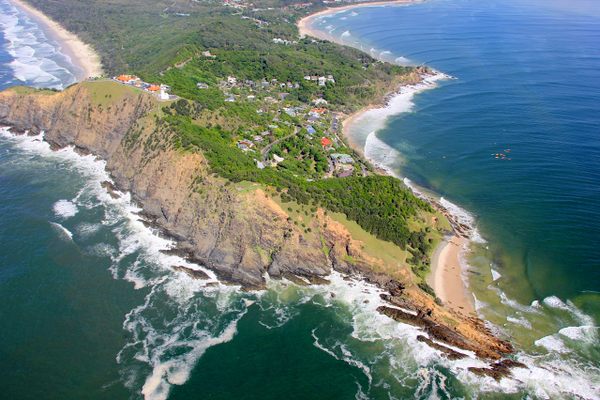About
At the top of a steep stepped path, along the way to the Cape Byron Lighthouse, lies the most easterly point on the Australian continent. (Off the continent, the dramatic sea spire known as Ball's Pyramid takes the title for easternmost point in Australia.)
For thousands of years, this headland has been significant for the Bundjalung people. The traditional Aboriginal name for this area is Walgun, which means "shoulder" in the Bundjalung language. It came by its English name in 1770, when then-Lieutenant James Cook found safe anchorage at the bay and named it after one of his fellow sailors, Vice Admiral John Byron (who also happened to be the grandfather of the English poet Lord Byron).
The spot affords spectacular views of whales and dolphins, but also occasional borders re-locating from the celebrated Wategos Beach (voted fourth-best beach in the world by Condé Nast Traveller) to the more inaccessible Tallow Beach.
Related Tags
Know Before You Go
It is very steep walk and can be challenging.
Published
October 1, 2024
Sources
- https://www.byron.nsw.gov.au/Council/News/Media-releases/Council-welcomes-dual-names-for-Cape-Byron-and-Julian-Rocks
- https://www.visitnsw.com/destinations/north-coast/byron-bay-area/byron-bay/attractions/walgun-cape-byron-state-conservation-area
- https://www.visitnsw.com/destinations/north-coast/byron-bay-area/byron-bay/hire/most-easterly-point
- https://www.cntraveller.com/gallery/best-beaches-in-the-world


































